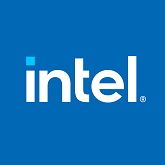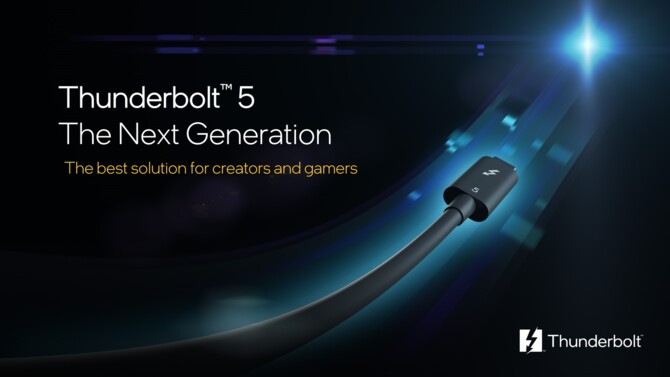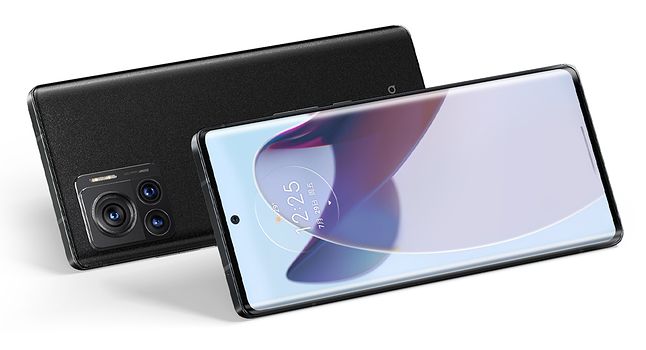
Intel officially presents the specifications for the Thunderbolt 5 standard. The data transfer bandwidth will reach a maximum of 120 Gb/s, and the first devices with the new connector will appear in 2024.
Intel presents a new generation of the Thunderbolt standard – data transfer speed will reach 120 Gb/s
Intel Thunderbolt 5 will dramatically increase data transfer bandwidth – up to 80 Gbit/s (symmetric) or up to 120 Gbit/s (asymmetric using Bandwitdh Boost technology). According to the official specifications, Thunderbolt 5 is supposed to achieve throughput similar to PCIe 4.0 x8, a result that is currently achieved, for example, in mobile graphics systems in laptops. A significant increase in this parameter will certainly have a positive effect on the performance of graphics cards in eGPU terminals. Thunderbolt 5 will be compatible with DisplayPort 2.1, USB v4, USB 3 20G, and the PCIe 4.0 bus. There will also be backward compatibility with Thunderbolt 3 and Thunderbolt 4. In addition, using a single cable with a USB-C plug, it will be possible to charge devices with a power of up to 240W.
Intel Meteor Lake – Get the initial specs and performance of the first generation Core Ultra processors
The Thunderbolt 5 connector will use PAM3 (three-level amplitude modulation) signals, similar to GDDR7 or DDR5 memory. The use of PAM3 is said to be the main reason for such a significant increase in bandwidth compared to Thunderbolt 3 and Thunderbolt 4. TB5 itself will be introduced into devices using a new integrated circuit codenamed Barlow Ridge. Thunderbolt 5 will also enable connectivity to not only dedicated docking stations, but also faster SSD media, two 8K displays at the same time (with HDR and 10-bit color depth), and displays at a refresh rate of up to 540Hz (Full HD or even 480Hz for Quad HD). Or three 4K displays with a 144 Hz refresh rate at the same time (or a 4K display with a 240 Hz refresh rate), of course with HDR support. And in the last quarter of the year, Intel will begin shipping all the necessary materials and tools, for example, to the creators of accessories dedicated to the Thunderbolt connector. The first computers (most likely laptops) and accessories compatible with Thunderbolt 5 will appear in 2024. However, we should not expect that with the premiere of Intel Meteor Lake processors, the first laptops will immediately support the new TB5 standard.
Source: Intel, PurePC

“Prone to fits of apathy. Introvert. Award-winning internet evangelist. Extreme beer expert.”



![Intel Thunderbolt 5 - official presentation and specifications of the upcoming data transfer standard [2]](https://www.purepc.pl/image/news/2023/09/12_intel_thunderbolt_5_oficjalna_prezentacja_i_specyfikacja_nadchodzacego_standardu_przesylania_danych_5.jpg)
![Intel Thunderbolt 5 - official presentation and specifications of the upcoming data transfer standard [3]](https://www.purepc.pl/image/news/2023/09/12_intel_thunderbolt_5_oficjalna_prezentacja_i_specyfikacja_nadchodzacego_standardu_przesylania_danych_1.jpg)
![Intel Thunderbolt 5 - official presentation and specifications of the upcoming data transfer standard [4]](https://www.purepc.pl/image/news/2023/09/12_intel_thunderbolt_5_oficjalna_prezentacja_i_specyfikacja_nadchodzacego_standardu_przesylania_danych_8.jpg)
![Intel Thunderbolt 5 - official presentation and specifications of the upcoming data transfer standard [5]](https://www.purepc.pl/image/news/2023/09/12_intel_thunderbolt_5_oficjalna_prezentacja_i_specyfikacja_nadchodzacego_standardu_przesylania_danych_2.jpg)
![Intel Thunderbolt 5 - official presentation and specifications of the upcoming data transfer standard [6]](https://www.purepc.pl/image/news/2023/09/12_intel_thunderbolt_5_oficjalna_prezentacja_i_specyfikacja_nadchodzacego_standardu_przesylania_danych_4.jpg)
![Intel Thunderbolt 5 - official presentation and specifications of the upcoming data transfer standard [7]](https://www.purepc.pl/image/news/2023/09/12_intel_thunderbolt_5_oficjalna_prezentacja_i_specyfikacja_nadchodzacego_standardu_przesylania_danych_6.jpg)
![Intel Thunderbolt 5 - official presentation and specifications of the upcoming data transfer standard [8]](https://www.purepc.pl/image/news/2023/09/12_intel_thunderbolt_5_oficjalna_prezentacja_i_specyfikacja_nadchodzacego_standardu_przesylania_danych_7.jpg)
![Intel Thunderbolt 5 - official presentation and specifications of the upcoming data transfer standard [9]](https://www.purepc.pl/image/news/2023/09/12_intel_thunderbolt_5_oficjalna_prezentacja_i_specyfikacja_nadchodzacego_standardu_przesylania_danych_3.jpg)







